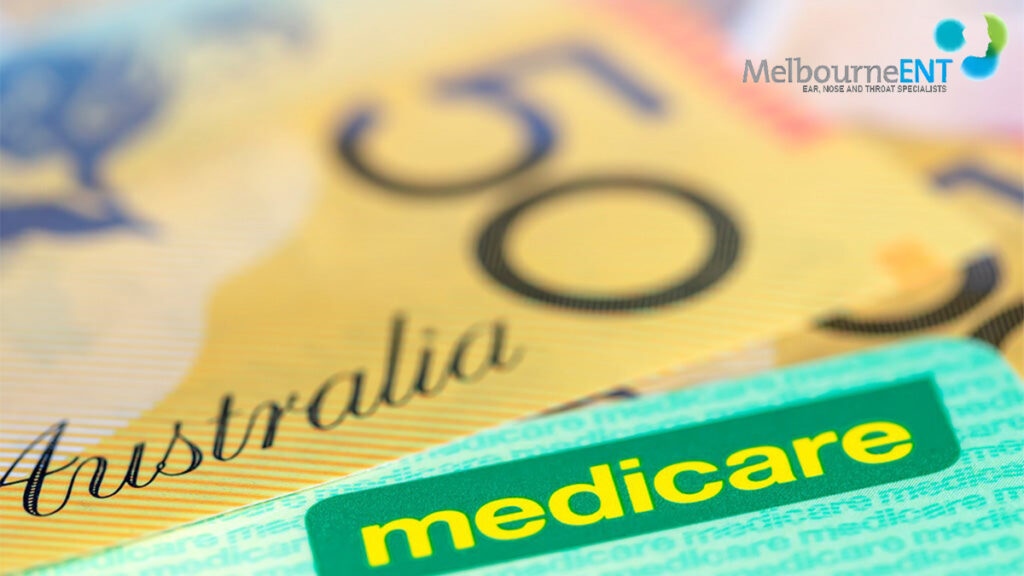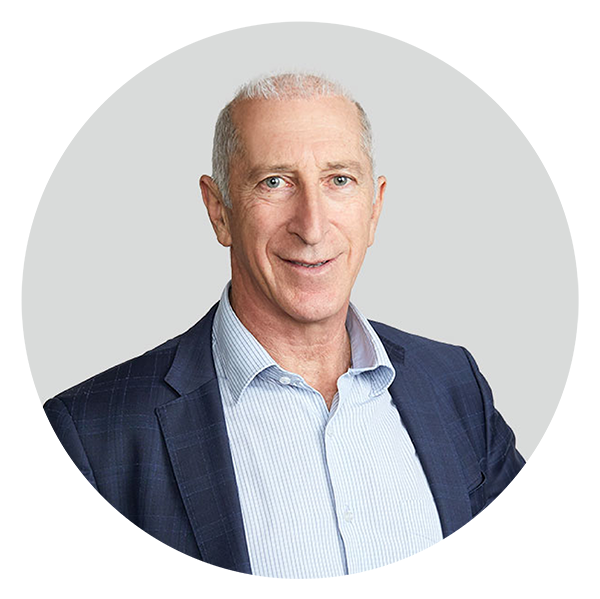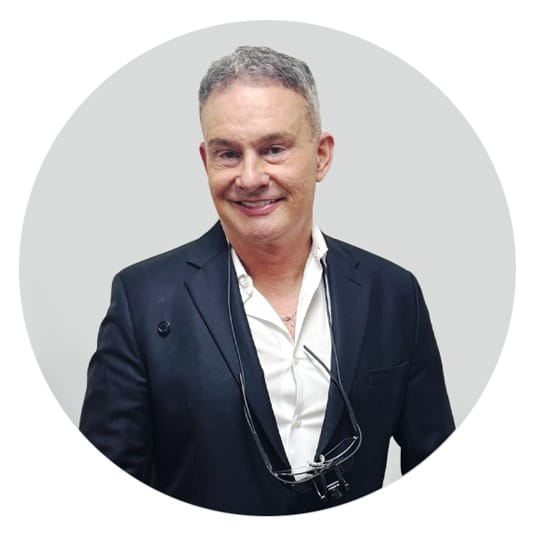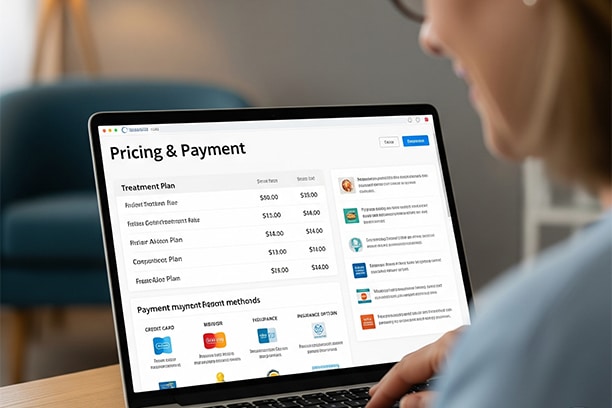Understanding ENT Surgery and Medicare Item Numbers in Australia

If you or your child has been referred to an ENT (Ear, Nose, and Throat) surgeon, you may come across a range of Medicare item numbers related to your treatment. These codes are used by surgeons and hospitals to describe specific procedures for Medicare rebates. Understanding them can help you prepare for consultations, understand your Medicare benefits, and plan financially.
Below is a patient-friendly guide to some of the common ENT surgical procedures in Australia, organised by category, with their associated Medicare item numbers and clinical purpose.
For a complete list, visit the MBS Online Search
Medicare Covered Sleep Studies for OSA / Snoring
For the diagnosis of severe obstructive sleep apnea (OSA) and other sleep disorders
- Level 1 – Diagnostic Assessment Sleep Study – Item 12203
- Level 1 – Treatment Initiation Sleep Study – Item 12204
- Level 1 – Treatment Effectiveness Sleep Study – Item 12205
- Level 2 – Unattended Sleep Study – Item 12250
Ear Procedures
Myringoplasty (Eardrum Repair) — 41527 (Transcanal) or 41530 (post-aural or endaural)
A surgical repair of a perforated tympanic membrane (eardrum) designed to restore hearing and reduce the risk of recurring ear infections.
Ossiculoplasty (Ossicular Chain Reconstruction) — 41539
Reconstruction of the small bones of the middle ear (ossicles) to improve hearing in cases of conductive hearing loss.
Mastoidectomy — 41551 or 41545
Surgical removal of diseased mastoid air cells, often due to chronic ear infections or cholesteatoma. May be combined with tympanic membrane or ossicular repair.
Exostosis Removal (Surfer’s Ear Surgery) — 41503
Removal of bony growths in the ear canal caused by cold water exposure. Common in surfers and swimmers.
Grommet Insertion (Myringotomy with Tube) — 41632
A common procedure in children with recurring middle ear infections or fluid build-up. Small ventilation tubes (grommets) are inserted into the eardrum.
Nose , Ear & Sinus Procedures
Septoplasty — 41671 (see also 41693)
Correction of a deviated nasal septum to improve airflow and resolve nasal obstruction.
Turbinate Reduction — 41689
Shrinking of enlarged turbinates (structures inside the nose) to ease nasal blockage and breathing difficulty.
Functional Rhinoplasty — 45644
A surgical approach to improve nasal function and breathing. May be combined with cosmetic reshaping.
Rhinoplasty Revision – 45650
For patients with significant acquired, congenital or developmental deformity that meet the criteria
Otoplasty — 45659
Correction of prominent or misshapen ears in patients under 18 years. While often cosmetic, it can also relieve physical discomfort or psychological distress.
Nasal Polyp Removal / Polypectomy — 41668
Surgical removal of nasal polyps, which are benign growths that can obstruct airflow and sinus drainage.
Choanal Atresia Repair — 45645 or 45646
Performed in infants born with a blocked nasal passage. Surgery creates an opening to allow proper breathing through the nose.
Sleep Apnoea & Snoring Surgery
Uvulopalatopharyngoplasty (UPPP) — 41786
Tissue removal from the soft palate and throat to widen the airway, used in treating obstructive sleep apnoea (OSA).
Paediatric ENT Procedures
Tonsillectomy and Adenoidectomy — 41789
A common surgery in children with recurring tonsillitis or sleep-disordered breathing. Removal of the tonsils and adenoids improves airway function and reduces infection risk.
Laryngomalacia Surgery (Supraglottoplasty) —
Used in infants with noisy or difficult breathing caused by floppy tissue above the vocal cords. Surgery reshapes or removes the excess tissue.
Thyroglossal Duct Cyst Excision —
Removal of a congenital cyst in the neck midline to prevent infection and reduce the risk of recurrence.
Branchial Cleft Cyst Excision —
Excision of a fluid-filled neck lump present from birth, often noticed in childhood or adolescence.
Paediatric Tracheostomy —
Creation of a breathing hole (stoma) in the neck for children requiring long-term airway support.
Suprastomal Granulation Removal —
Clearing of excess tissue around a tracheostomy site that may obstruct airflow or cause discomfort.
Tracheomalacia Management —
Surgical support for weak or floppy windpipes in infants and children to maintain a safe airway.
Foreign Body Removal (Ear, Nose, Throat) — 41503
Emergency procedure to remove objects lodged in the ears, nose, or throat — particularly common in young children.
Excision of Congenital Airway Masses –
Surgical removal of abnormal growths or cysts in the airway present from birth, performed using an endoscope under general anaesthesia.
Voice & Laryngeal Procedures
Microlaryngoscopy with Biopsy — 41855
Examination and biopsy of vocal cord or laryngeal lesions using a microscope. Helps diagnose voice changes or throat symptoms.
Vocal Cord Injection — 41870
Injection of materials (e.g. fat, collagen) into vocal cords to improve voice quality in cases of paralysis or thinning. – Laryngeal Augmentation or Modification
Endoscopic Airway Lesion Removal — 41861
Removal of growths, cysts, or nodules from the airway using minimally invasive techniques.
Head & Neck Surgery
Parotidectomy — 30247 / 30250 / 30251 / 30253
Removal of part or all of the parotid gland, usually for tumors (benign or malignant) or chronic infections.
Submandibular Gland Excision — 30256
Surgical removal of the submandibular salivary gland, often due to stones, infections, or tumors.
Neck Dissection to Treat Lymph Nodes — 31435
A major procedure to remove lymph nodes in the neck. Typically done to treat or prevent the spread of head and neck cancers.
Medicare and ENT Surgery – What You Need to Know
- Medicare Coverage – These item numbers may be eligible for rebates under Medicare if the procedure is medically necessary and performed by a qualified ENT specialist. Cosmetic-only surgeries (like purely aesthetic rhinoplasty) are generally not covered.
- Out-of-Pocket Costs – Even with Medicare support, there will most likely be significant additional fees from your surgeon, anaesthetist, and hospital. Always check the informed financial consent form outlining these costs before your procedure.
- Private Health Insurance – If you have hospital cover, it may cover more of the costs associated with your ENT surgery, especially for inpatient hospital procedures covered by Medicare.
When to See an ENT Specialist
You may be referred to an ENT surgeon if you or your child experiences:
- Frequent ear infections or hearing issues
- Chronic nasal congestion, snoring, or sleep apnoea
- Recurrent tonsillitis or breathing problems
- Neck lumps or swelling
- Sinus infections that don’t respond to medication
- Voice changes or throat discomfort
Next Steps
Speak with your GP or treating doctor to arrange a referral to a qualified Melbourne ENT surgeon. If you’re unsure about what’s covered by Medicare or private insurance, ask your ENT clinic’s reception team for guidance.
For more information about ENT surgery or specific Medicare rebates, visit the Medicare Benefits Schedule (MBS) website.
Why Choose Dr Kleid ?

Dr Stephen Kleid,
Melbourne ENT Surgeon
MED0001052799
Dr Stephen Kleid is an experienced ENT Surgeon (Otolaryngologist) based in Melbourne with a passion for Septo-rhinoplasty, Septoplasty and a strong interest in Rhinoplasty Revision.
Dr Kleid’s Procedures
Why Choose Dr Braham ?

Dr Simon Braham, Melbourne ENT Surgeon
MED0001144757
Dr Simon Braham MBBS (Hons) FRACS is an experienced Ear, Nose and Throat ENT Surgeon (Otolaryngologist) based in Melbourne, performing tonsil, grommet and sinus surgery for children & adults. He helps patients with breathing issues, snoring concerns and sleep disturbances.
Dr Braham’s Procedures
- ENT Surgery for Children (ENT Paediatric Surgery)
- Aesthetic Surgery
- Sinus Surgery and Nasal Surgery
- Tonsilectomy (for Tonsils)
- Grommets
- Laryngology
- Rhinology
- Surgery for Snoring
- Voice Disorders
How can we help?
Our Team takes pleasure in assisting you with any questions when considering a surgical procedure. Please call the St Kilda East clinic in Melbourne between 9 am – 5 pm on Weekdays.
What Next?

Want more information about your Procedure?
- Please read our website and blogs to find out more about your procedure and concerns
- For more information about pricing and payment methods, please visit our page on Surgery Payment Options.
- Talk to our Patient Care Team from 9 am to 5 pm Monday to Friday

What to Bring to Your Consultation
- We encourage you to bring a friend or family member to accompany you, as they can provide an extra perspective and support throughout the process.
- It is important to take thorough notes and carefully review all the documents provided to you.

How to Book a Consultation
- A referral from your GP or Specialist is necessary to see a surgeon for a consultation.
- Dr Kleid’s Nose Surgery consultation fee is $600 which includes a nasendoscopy ($300).
- Please contact us today to book your consultation.

